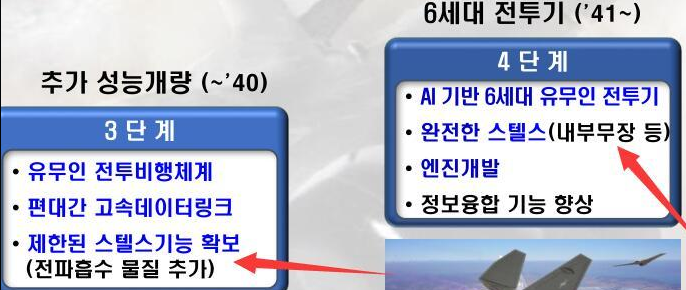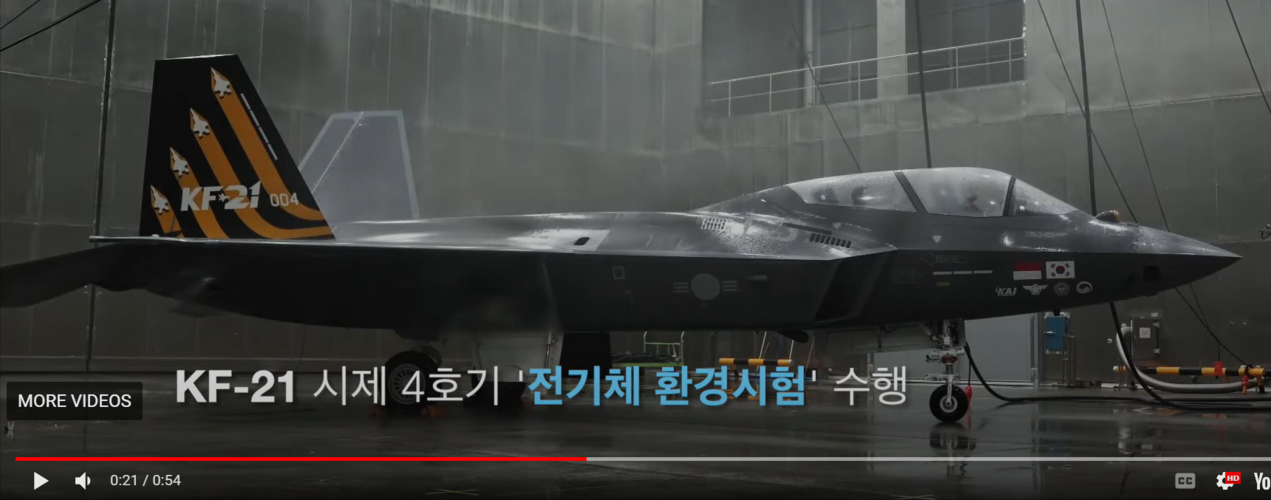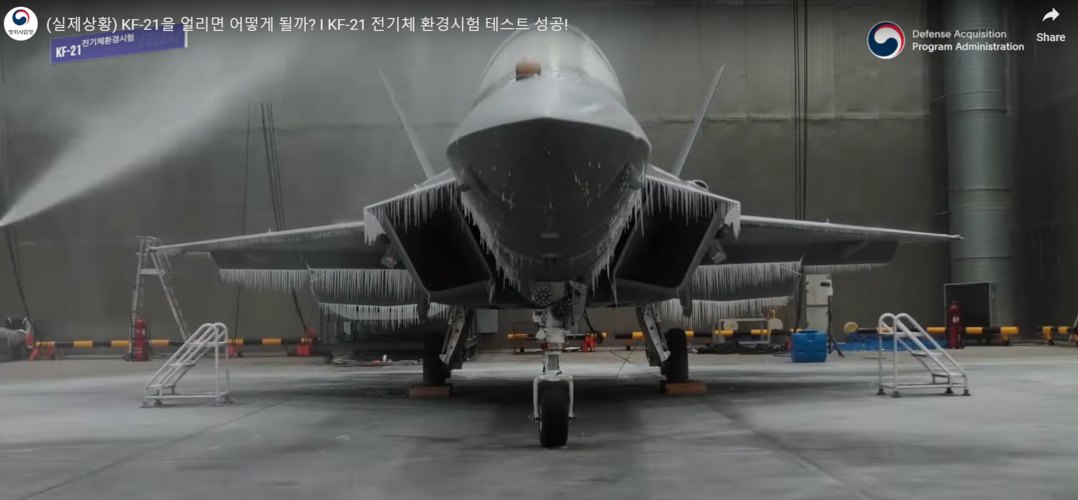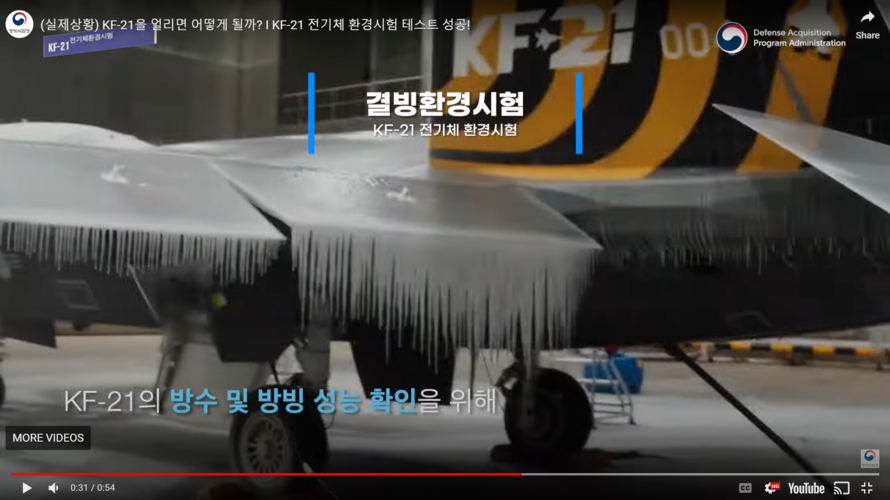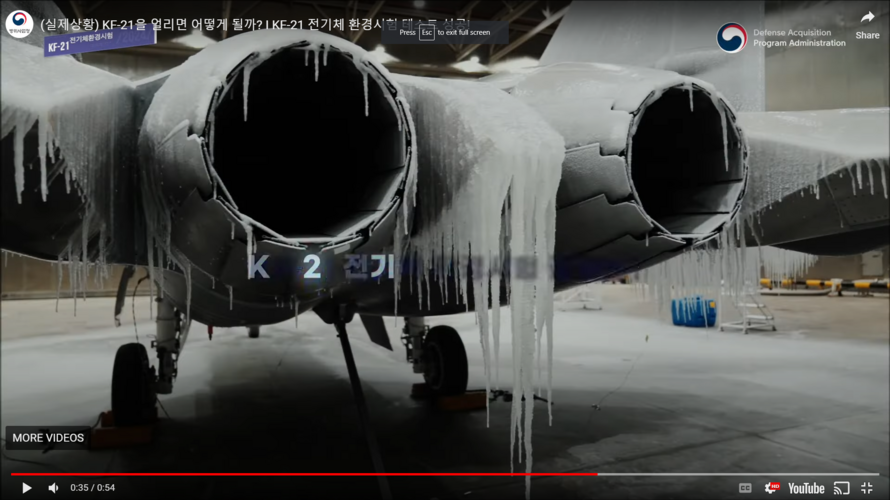View: https://m.youtube.com/watch?v=UHYnoynMnj0&embeds_referring_euri=https%3A%2F%2Fdefencehub.live%2F&source_ve_path=MjM4NTE&feature=emb_title
Korea's supersonic KF-21 fighter jet successfully completed an aerial refueling test expanding its operational radius for the first time on Tuesday.
The Defense Acquisition Program Administration (DAPA) announced Tuesday that KF-21 prototype No. 5 took off from the 3rd training airfield in Sacheon, South Gyeongsang that morning and succeeded in an aerial refueling flight over waters off Korea's southeastern coast. The KF-21 fighter jet is set to be deployed in 2026.
The Air Force’s KC-330 tanker aircraft connected a refueling rod to the KF-21 and injected fuel into the fighter jet while flying.
The refueling test examined how turbulence during aerial refueling affects the operation of the KF-21, and whether the connection and separation of the tanker and the KF-21 can be done safely.
Aerial refueling increases the endurance time of a fighter jet by increasing how long it can fly and how many bombs it can carry.
“Although it can vary by timing and quantity, one aerial refueling is expected to increase the operational radius by about 50 percent," DAPA said Tuesday. “Aerial refueling can expand the operational radius and operating time of the KF-21, maximizing operational effects such as long-distance mission capabilities and the combat power of the Air Force.”
“We plan to continue verifying the KF-21’s aerial refueling capabilities at various altitudes and speeds about 60 times until March 2025,” said Noh Ji-man, head of the DAPA’s Korean fighter project division.
A total of six prototypes of the KF-21 have been built. They passed tests on assorted capabilities such as supersonic flight and air-to-air weapon separation to qualify as provisionally suitable for combat. The first production model of the KF-21 will be delivered to the Air Force in the first half of 2026.
The development project for the KF-21 was launched in 2015 jointly with Indonesia in order to develop a supersonic fighter jet to replace the Air Force’s F-4 and F-5 jets.
It hasn't been a smooth process for the jet. The police are currently investigating the alleged technology data theft related to the KF-21 after DAPA, the Defense Forces Counterintelligence Command and the National Intelligence Service jointly held an internal investigation into two Indonesian engineers involved in the project.
The engineers were first caught on Jan. 17 trying to leak KF-21 data by smuggling out a USB device from the KAI headquarters. The police stepped into the investigation on Feb. 22 and raided the Korean Aerospace Industries offices last week.
The two suspects are currently prohibited from leaving the country.
Indonesia promised to pay 20 percent, or $6.5 billion, of the funding for the KF-21, but Jakarta has been delaying payments.
DAPA reaffirmed on Tuesday that Indonesia must complete its payment for the project by 2026.
"There is no change in our stance," an official from DAPA said.



